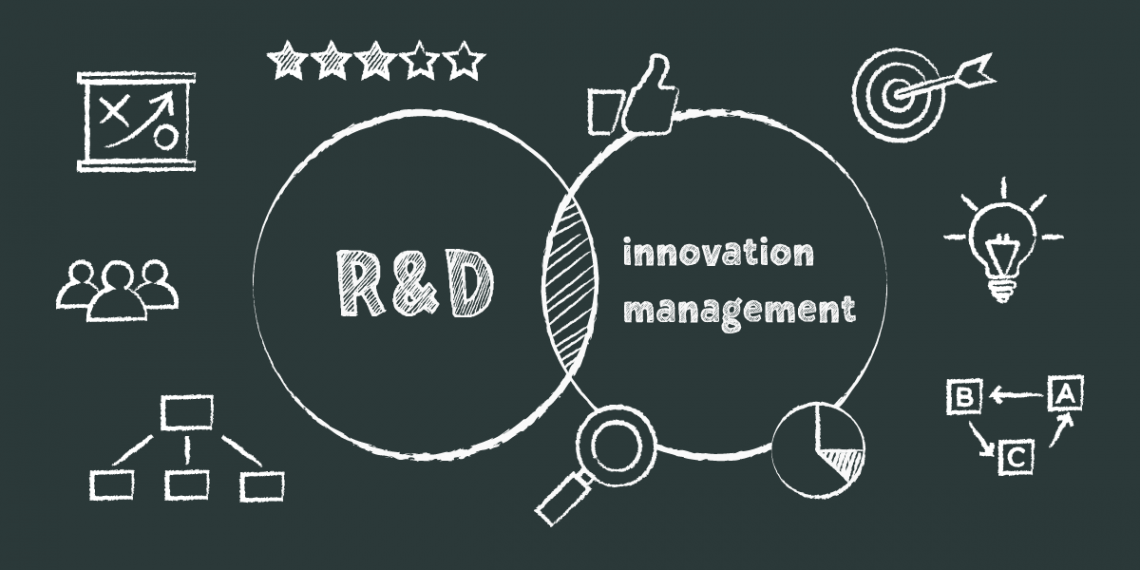Manufacturing companies have vast experience in implementing lean manufacturing techniques designed to improve the workplace and organizational efficiency while reducing costs and boosting productivity. Toyota was the first company who introduced 5S in their production process as a lean manufacturing technique in the early 20th century, with the aim to eliminate waste and create value through facility organization and increase the value of products or services for customers.
The lean production techniques are part of the continuous improvement effort of an organization. They are considered to be part of employees’ daily routines. Yet, if you decide to introduce and implement these techniques into your organization they represent organizational and process innovation.
What is 5S?
5S is a Japanese management approach and methodology that helps organizations to create a better-organized working environment and reduce waste while improving efficiency, safety and productivity. It is important to understand that this approach is a visual system that serves as the foundation for more disciplined actions. It is a structured way to create and organize visual order to maintain a safe and productive workplace. It is not just about “keeping it clean” and “looking nice” workplace. It represents a way of identifying opportunities for improvement, eliminating waste and supporting an efficient and productive working environment. This approach builds a culture of continuous improvement by engaging all employees to perform in a more organized and efficient way.
The focus of the 5S approach is on optimizing the organization of the workplace. The name 5S is derived using a list of five Japanese words: seiri (整理), seiton (整頓), seisō (清掃), seiketsu (清潔), and shitsuke (躾). Translated into English we also get 5 words starting with S: "Sort", "Set in Order", "Shine", "Standardize" and "Sustain".
SORT:
The first step of 5S, is all about sorting the necessary from the unnecessary. It involves going through all organizational tools, materials, equipment, etc. and eliminating unnecessary items with the aim to free up the working space from the things that are not needed for production operations. It is considered that this step represents an initial cleaning that improves efficiency, eliminates waste, and makes it simpler to spot problems and enhances productivity.
SET IN ORDER:
After you cleared the work area from unnecessary items, everyone needs to ensure that all items are organized in a logical way to make it easier for employees to complete their tasks. This step focuses on creating efficient workplace and production methods to arrange items making them easy to use. Carefully organizing workplace items means that you have “a place for everything and everything in its place.” This way organized workspace ensures safety and efficiency.
SHINE:
Once your workspace has been cleared from unnecessary items, and your remaining items have been organized, the next step is to clean up the working area. In 5S, everyone takes responsibility for cleaning up their workspaces such as cleaning up their work area, their tools and equipment. As it is a part of continuous improvement techniques, it is recommended to do it on a daily basis. Daily cleaning of work areas and equipment help employees understand the current working conditions and react faster if some corrective action is needed. In addition to keeping it clean, it also involves regular maintenance of equipment to prevent breakdowns.
STANDARDIZE:
Standardize, naturally comes after the first three of 5S’s are implemented since it means creating a set of standards for both organization and process. It is basically about documenting what has been completed and creating rules for how and when work tasks will be performed. Standardize make standard operating procedures by assigning regular tasks, creating schedules, and providing instructions so these procedures become routines. This step is about creating safe, efficient and successful practices to complete a process or task efficiently and optimize the performance of the process or task.
SUSTAIN:
Once the standard procedures are in place, the organization must maintain what has been accomplished. Sustain step enables the previous four S’s to last over time. As it requires an ongoing effort to maintain 5S in an organization, involving all employees in the organization is a must to enable the 5S to become part of an organization’s culture. Sustain is aimed at maintaining the improvements from the other 5S steps and improving further.
Nowadays, many companies that want to transform their production process start with 5S, since it is one of the easiest lean techniques. Usually, 5S is applied in manufacturing facilities, in production lines, storage areas, maintenance areas as well as in the offices. Today, it is being increasingly applied to a wide variety of industries including health care, education, hospitality and retail. The interesting part is that up to date Toyota still applies 5S Lean Manufacturing as its continuous improvement method. By implementing 5S you can eliminate waste, make work easier with standard procedures, improve safety, reduce errors and maintain further improvement. With proper discipline, the 5S circle is always in motion.
What continuous improvement method are you using?






